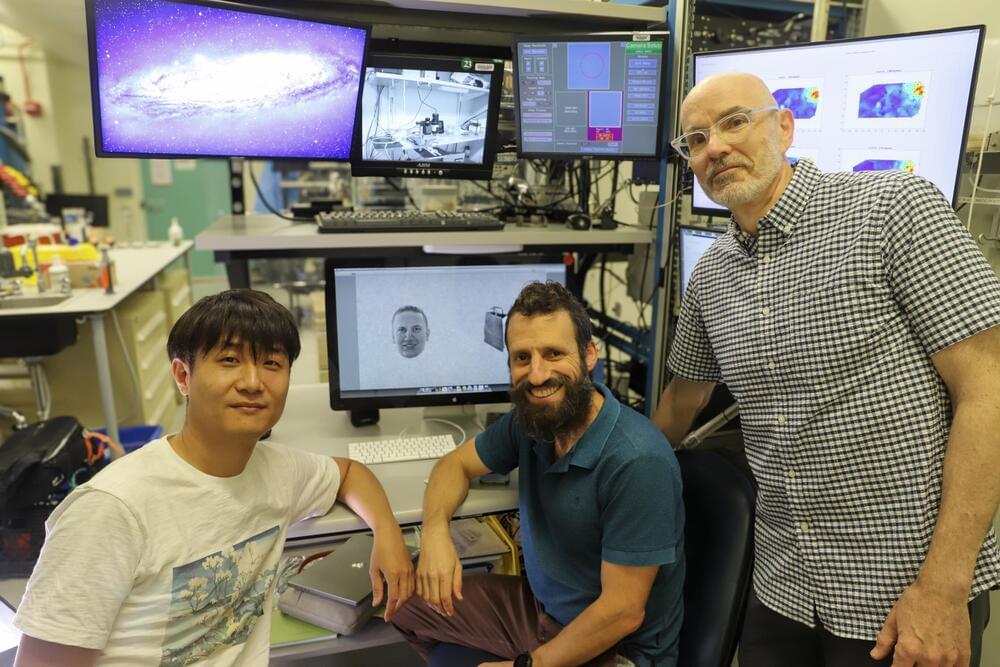Scientists at the National Institutes of Health (NIH) have uncovered a brain circuit in primates that rapidly detects faces. The findings help not only explain how primates sense and recognize faces, but could also have implications for understanding conditions such as autism, where face detection and recognition are often impaired from early childhood.
The newly discovered circuit first engages an evolutionarily ancient part of the brain called the superior colliculus, which can then trigger the eyes and head to turn for a better look. This better view enables different brain areas in the temporal cortex to engage in more complex facial recognition. The study was published in the journal Neuron.
“Quick recognition of faces is a key skill in humans and other primates,” said Richard Krauzlis, Ph.D., of NIH’s National Eye Institute (NEI) and senior author of the study.
